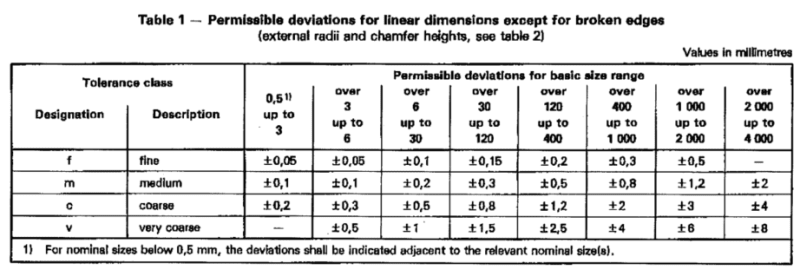JMulasLopez
New member
- Mar 22, 2017
- 2
Hello,
Is there any tolerance for the values bigger than 4000?

Is there any tolerance for the values bigger than 4000?

Follow along with the video below to see how to install our site as a web app on your home screen.
Note: This feature may not be available in some browsers.

Germermaman said:It is now up the designer to define sensible general tolerances.
stocjon said:ISO 2769 can be used for general tolerances.
germermaman said:What you mean is the German standard DIN 2769:2023-04
rimag said:The trend in modern functional requirements now is that no reference to ISO 2768 is allowed (at least within my sphere) as it is outdated
